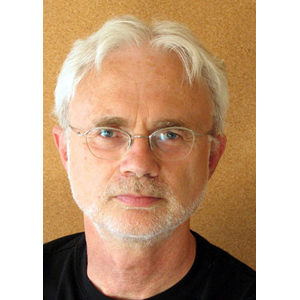John Coolidge Adams
Info
Worcester, Massachusetts
-
USA
20th Century
Electronic, Jazz
Biography
John Coolidge Adams, born February 15, 1947, in Worcester, Massachusetts, stands as a seminal figure in contemporary classical music. Renowned for his distinctive blend of minimalism and a wide array of stylistic influences, Adams' compositions have left an indelible mark on modern music, making him one of the most performed and studied American composers of his generation.
Early Life and Musical Journey
Adams was immersed in music from an early age, learning the clarinet and experiencing a variety of musical genres, from jazz to classical. He pursued his passion for music at Harvard University, where he received his bachelor's and master's degrees. Despite this traditional academic background, Adams' style would eventually break from the academic avant-garde, embracing a more accessible, yet innovative, musical language.
Evolution of Style
Adams is often associated with the minimalist movement, characterized by repetitive structures and a steady pulse, yet his work transcends this classification due to its emotional depth and eclectic influences. His compositions incorporate elements of jazz, electronic music, and rock, alongside classical structures, creating a unique and contemporary sound.
Main Works
-
"Harmonielehre" (1985): This symphonic piece combines the driving rhythms of minimalism with the sweeping gestures of late Romanticism, reflecting Adams' unique blend of styles.
-
"Shaker Loops" (1978): A string orchestra piece that is one of Adams' first significant successes, showcasing the rhythmic energy and textural transformations characteristic of minimalism.
-
"Nixon in China" (1987): This opera marked a turning point in American operatic history, using a minimalist approach to recount the historical event of President Nixon's visit to China. The work is noted for its blend of political, historical, and psychological themes.
-
"Doctor Atomic" (2005): Another opera, focusing on J. Robert Oppenheimer and the Manhattan Project, exploring deep moral and scientific issues against the backdrop of Adams' evocative music.
-
"On the Transmigration of Souls" (2002): A powerful orchestral and choral work commissioned by the New York Philharmonic to commemorate the victims of the September 11 attacks. This piece won the Pulitzer Prize for Music in 2003, showcasing Adams' ability to address contemporary events with profound emotional depth.


